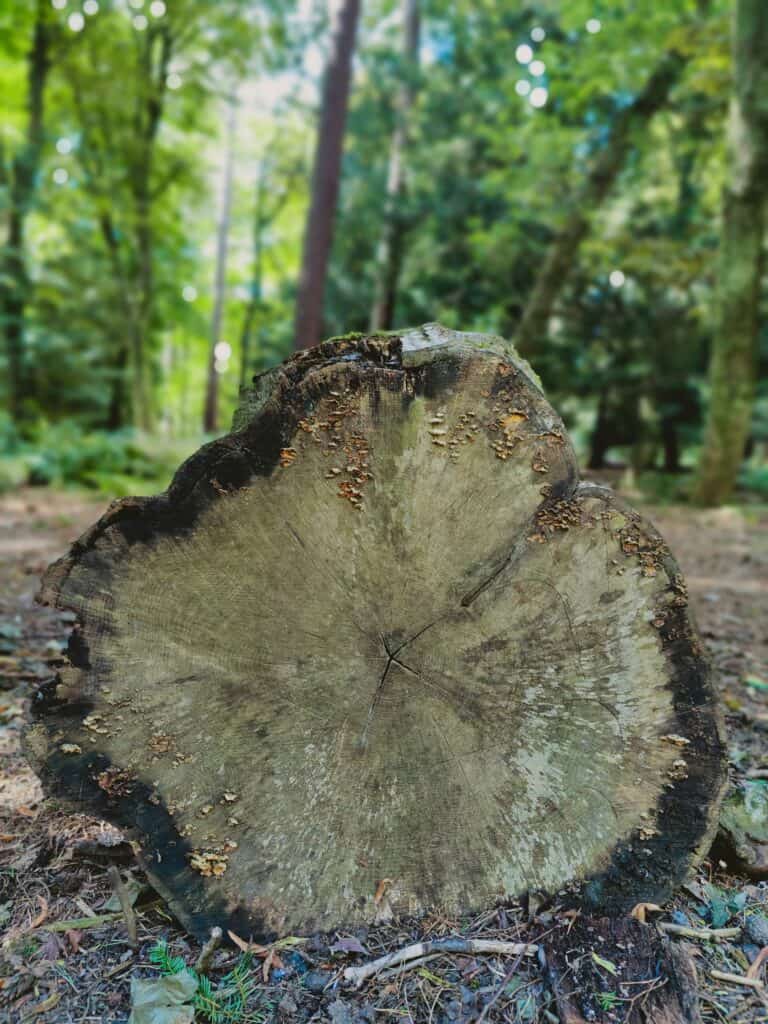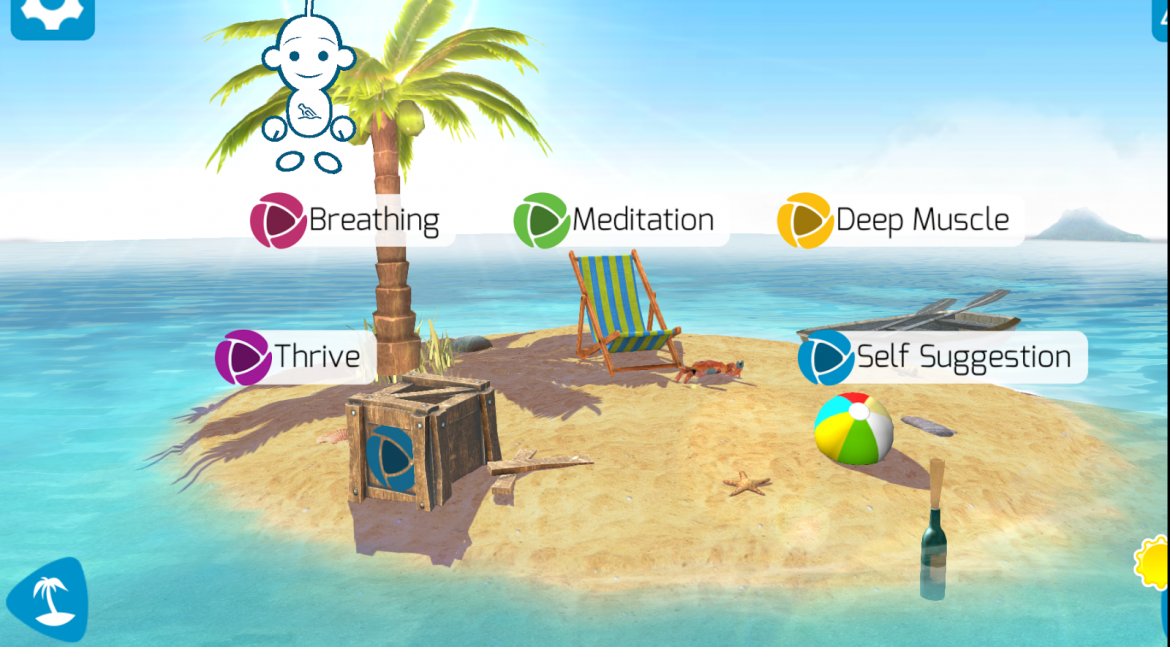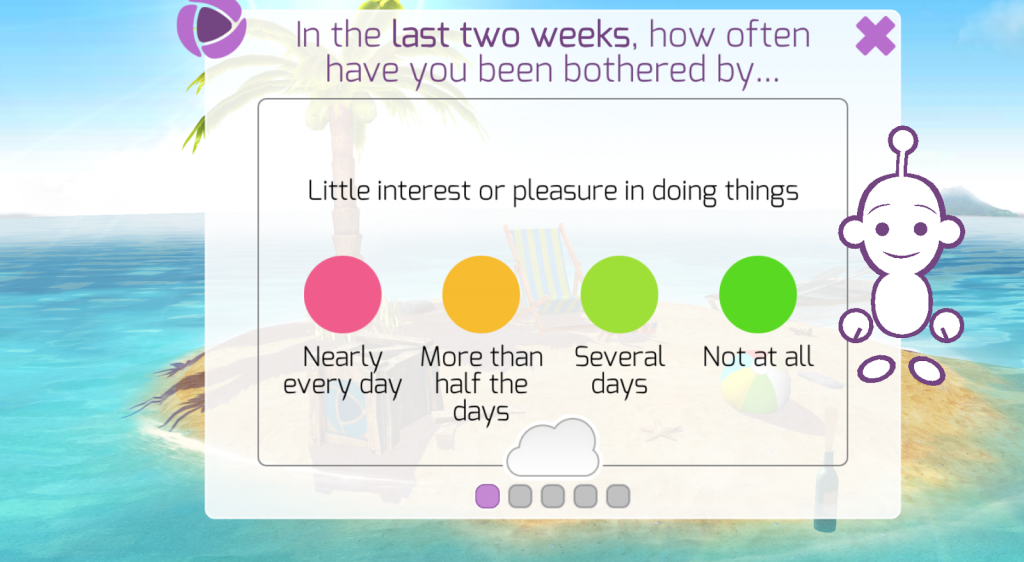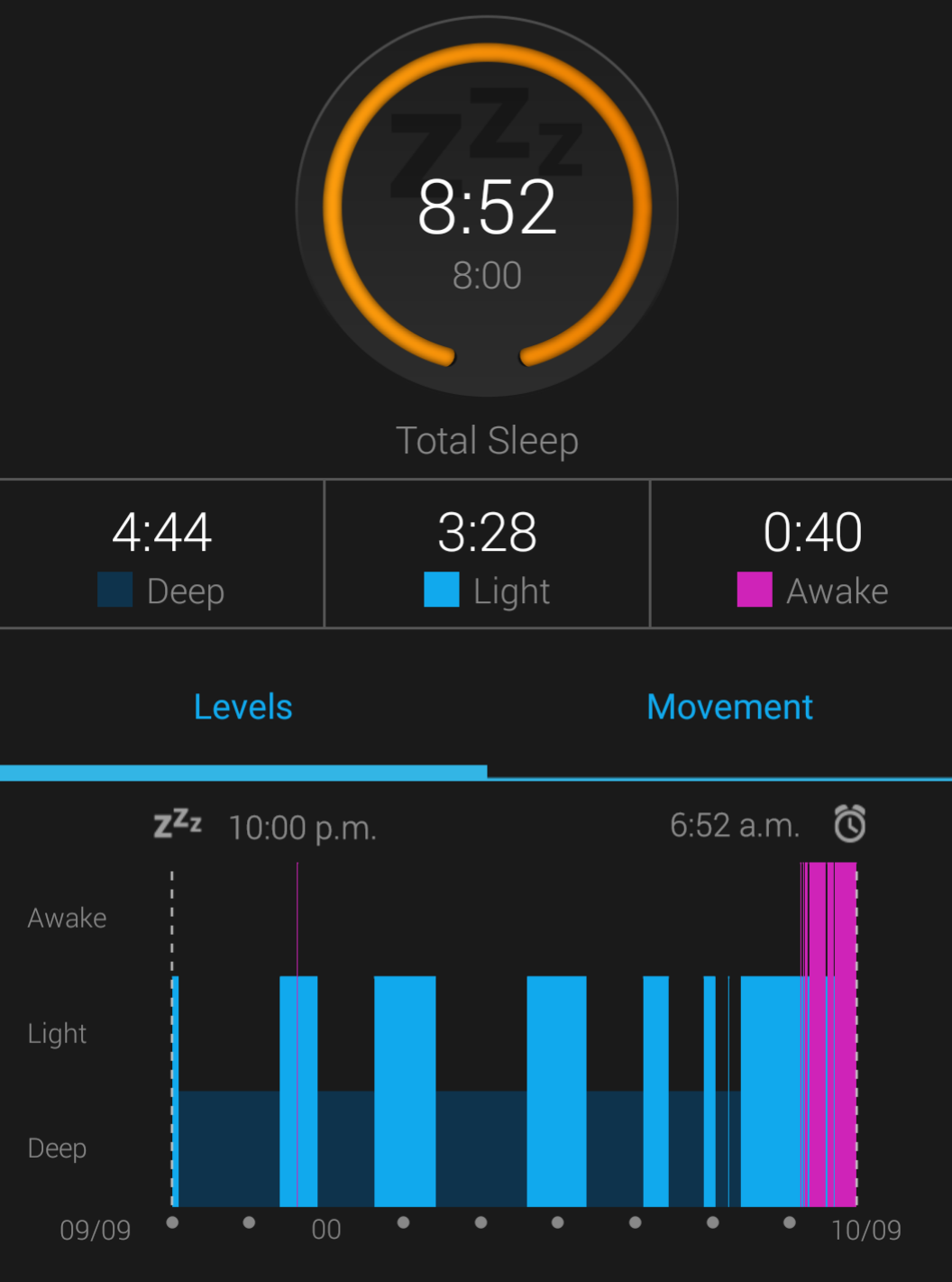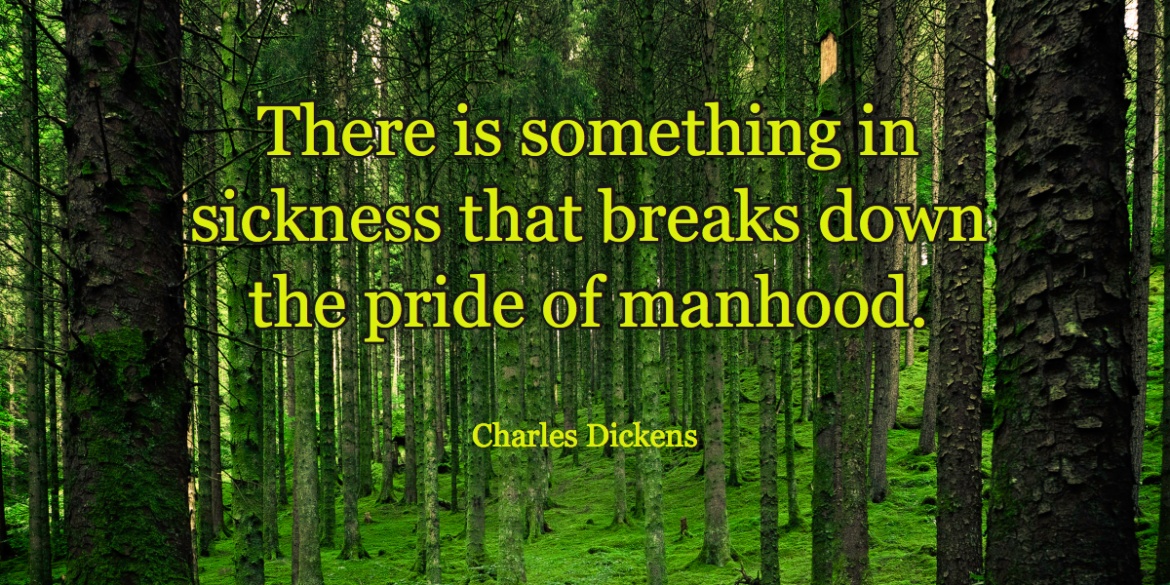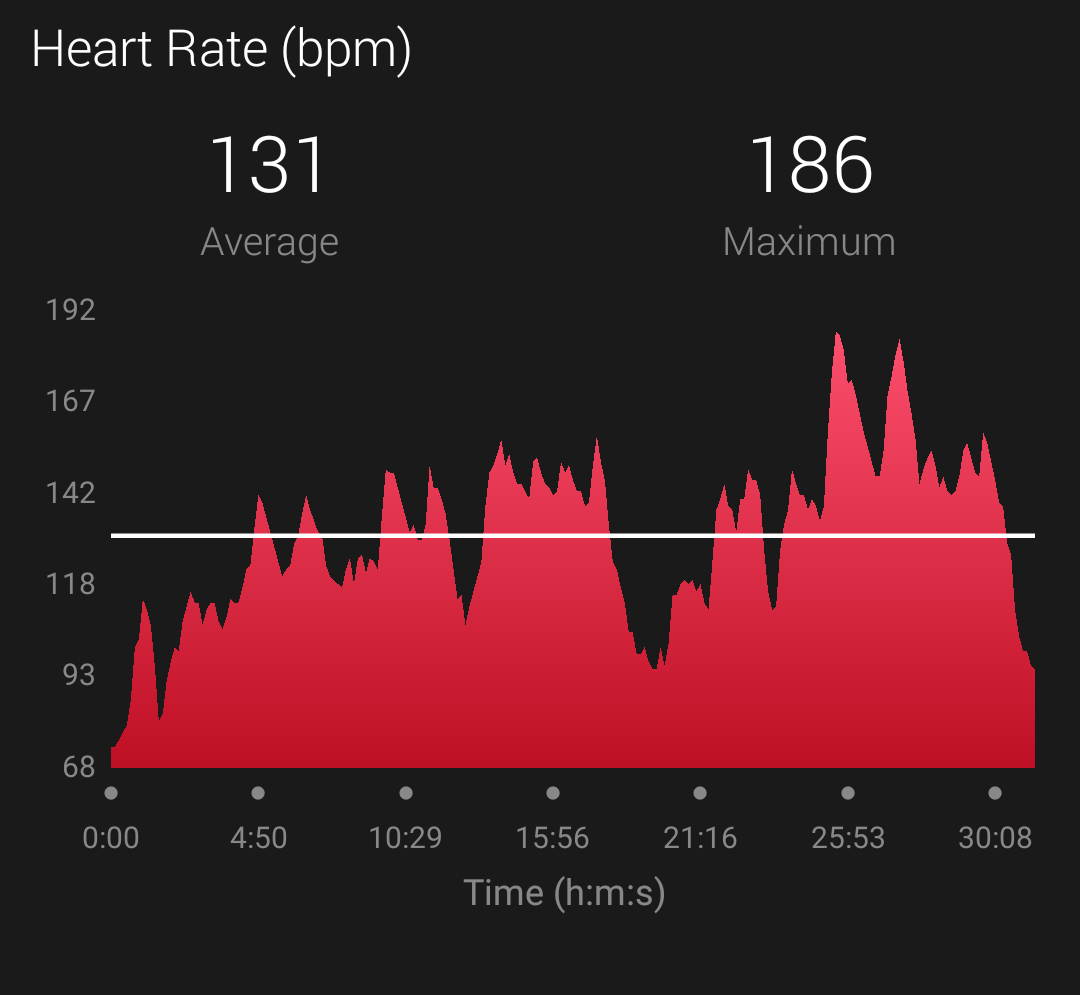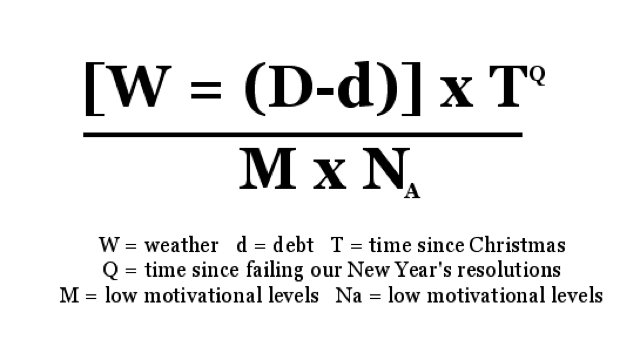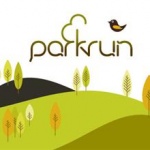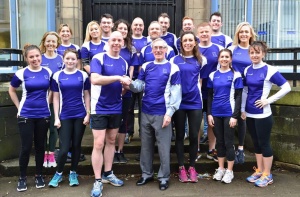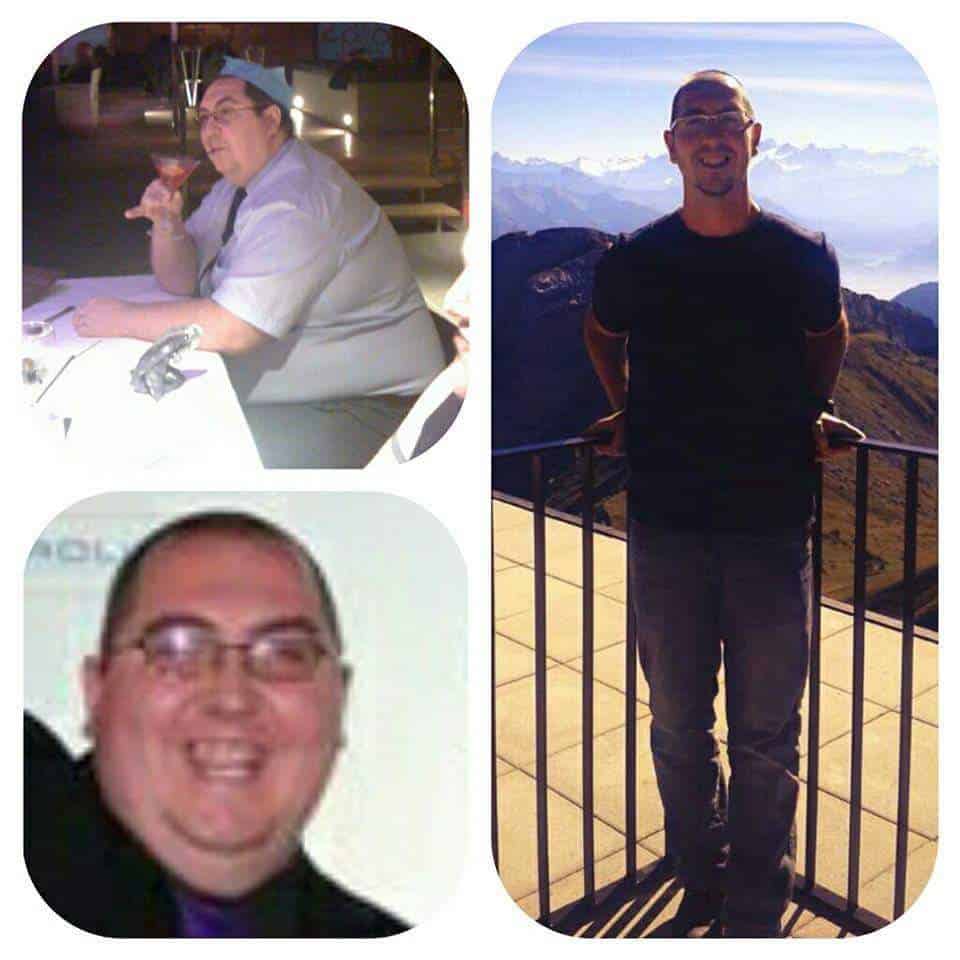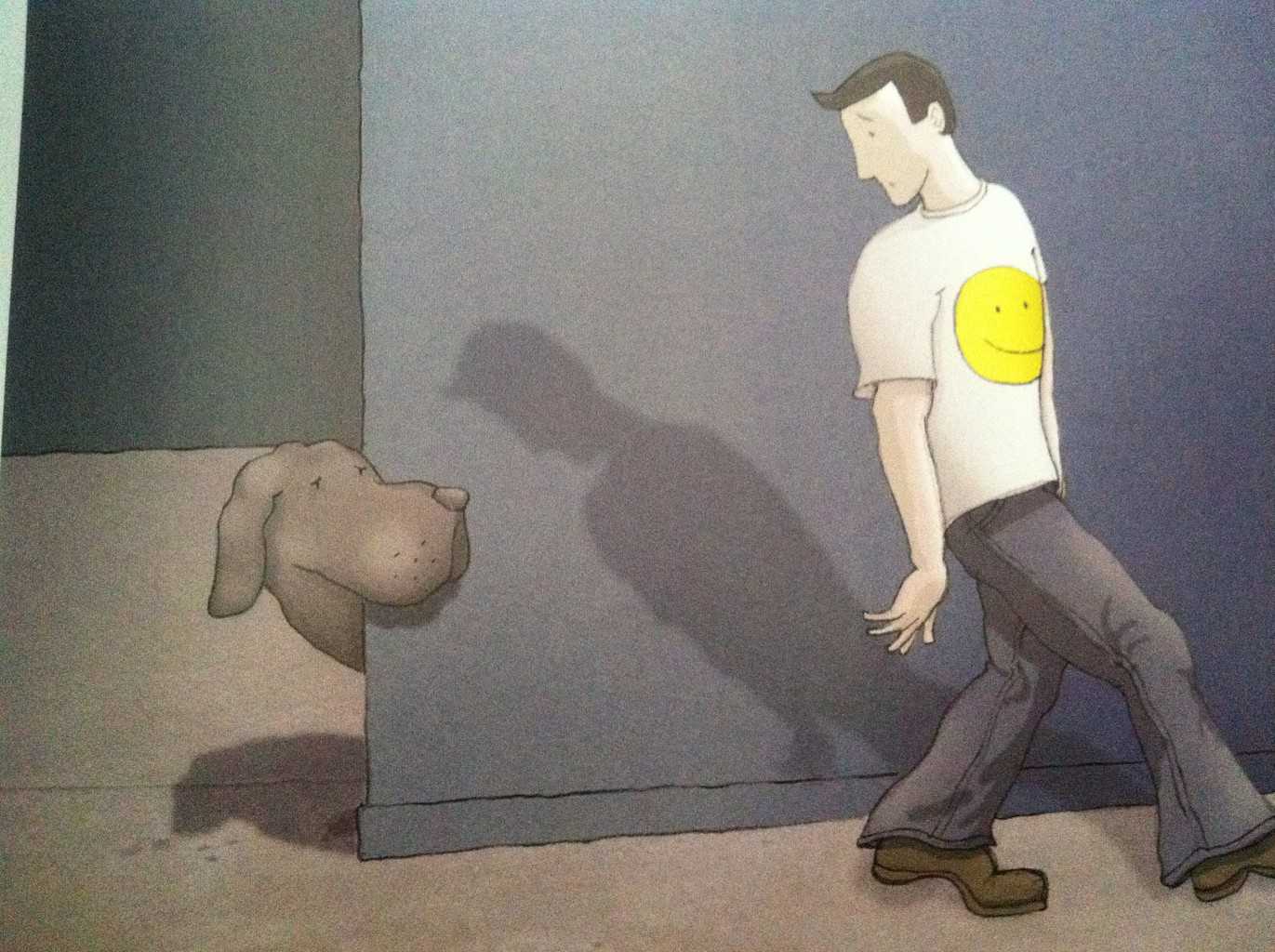Dear reader, I’m going to be honest. Life hasn’t been great of late. My mum died, I am currently suffering (what’s this mild nonsense?) from COVID, and a project I spent years working on and promoting has turned sour (COVID has not taken away the taste of defeat). Captaining Maddison and not Haaland last week in my Fantasy Football League hasn’t helped my demeanor either.
I could wallow in self-pity, and I could worry about mortgage rates, fuel costs and my Fantasy Football League ranking, but today is World Smile Day and it is a day to reflect on all that is good in my life. It’s also a day to share with you how you can make others smile.
For World Smile Day isn’t about showing off your pearly whites and grinning like a Cheshire cat. It’s about making others smile and doing good.
So why am I encouraging you to make others smile?
Five Reasons to Smile On World Smile Day
- Research (1) shows that smiling boosts our mental health. It can relieve stress, and reduce levels of anxiety. And I think most of us could benefit from that right now. I use a grounding technique that makes me smile when I am feeling down and it works every time. Thanks to Robert Brennan for teaching me that.
- When you make someone smile, it can actually make them feel happier (2). One of the easiest ways to make someone smile is to simply smile at them…although you might not want to smile at randoms in the street.
- Smiling can also act as a painkiller (3). When we smile, endorphins are released and these can act as a mild pain reliever. Try it when you get your next COVID jab (please do get your COVID vaccinations).
- And smiling is contagious (4). Smile and the world smiles with you. It’s a win win.
- With all that is happening in the world, who doesn’t want to lower their blood pressure? Smiling has been shown (5) to decrease blood pressure.
5 Easy Ways to Make Someone Smile
- One of the most positive ways of making someone smile on World Smile Day is to let them know how much they mean to you. Tell a loved one that you do indeed love them and thank a friend for their friendship. This is something that too many of us do too little.
- Compliment someone. Again, be careful with complete strangers (I’ve been watching too much of Dahmer) but letting someone know how great they are, how great they look or how great something is that they’ve done can bring out a smile. You can also do this on social media and while you might not see them smile (they might drop a smiley emoji), there is a good chance that across the interweb, they are smiling.
- Be kind. An act of kindness can be anything from donating to a foodbank, holding open a door, checking in on a neighbour, to helping someone cross the street. Recipients of kind acts are in turn more likely to then be kind to others (6).
- Say hello. Much to my girlfriend’s embarrassment, I will strike up a conversation with strangers (we can often tell when someone wants a blether). People love to connect and so many people are lonely. Saying hello can be a great opener.
- Share someone’s blog. Ok, I’ve snuck this one in. But go on, you’ll make me smile.
There are so many other ways to put a smile on someone’s face. A simple hug. A phone call. A kind word or even letting the person with the one carton of milk go ahead of you in the checkout queue. It costs nothing to be kind and the effect of a smile to the right person, at the right time can be priceless.
So, on World Smile Day and every day after it, have a think about how you can make someone smile or make their day happier. We all have that power within us. We just have to choose to use it.
References
- How and why could smiling influence physical health? A conceptual review – PubMed (nih.gov)
- A meta-analysis of the facial feedback literature: Effects of facial feedback on emotional experience are small and variable – PubMed (nih.gov)
- Smile (or grimace) through the pain? The effects of experimentally manipulated facial expressions on needle-injection responses – PubMed (nih.gov)
- Why are smiles contagious? An fMRI study of the interaction between perception of facial affect and facial movements – PubMed (nih.gov)
- Laughter prescription – PMC (nih.gov)
- Autonomic and prefrontal events during moral elevation – PubMed (nih.gov)





